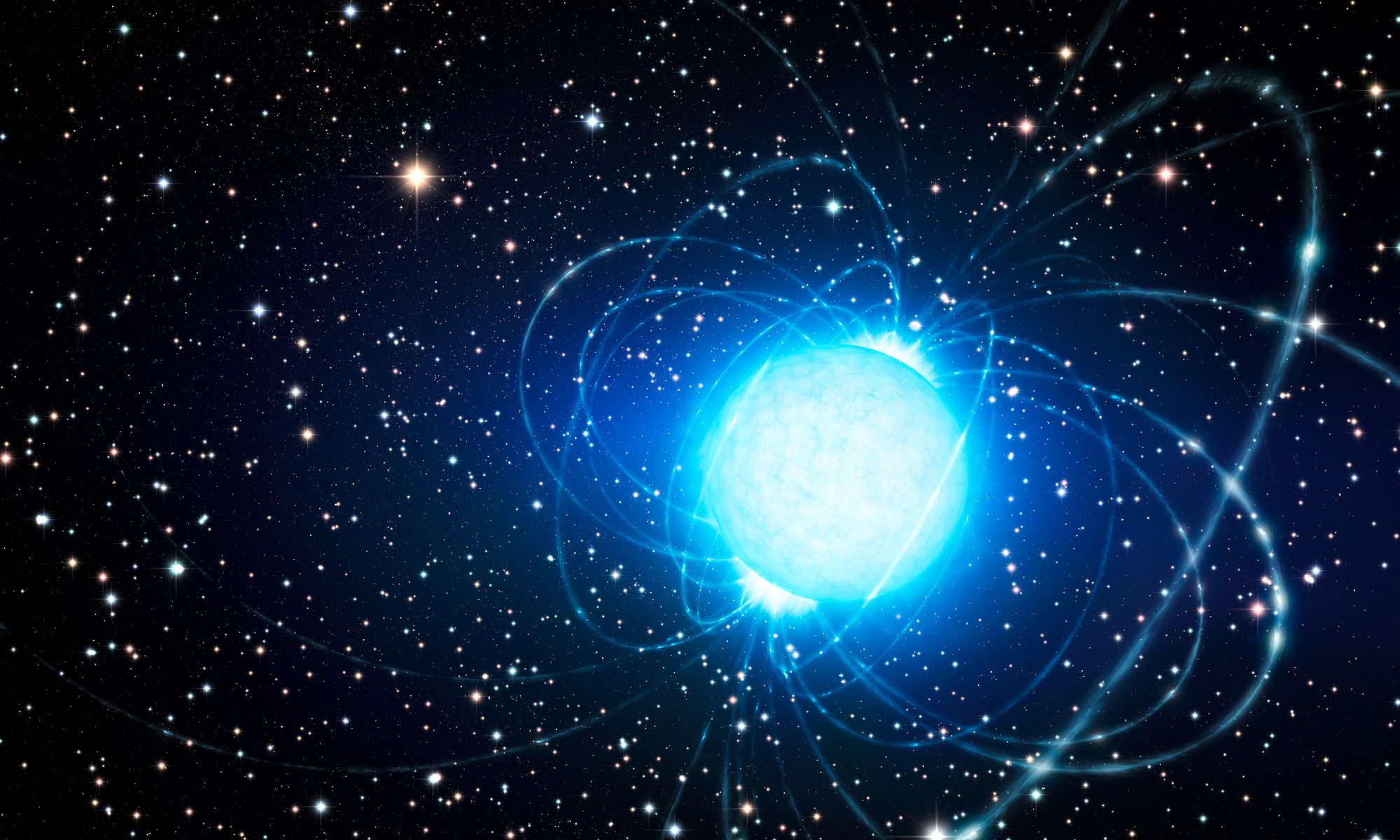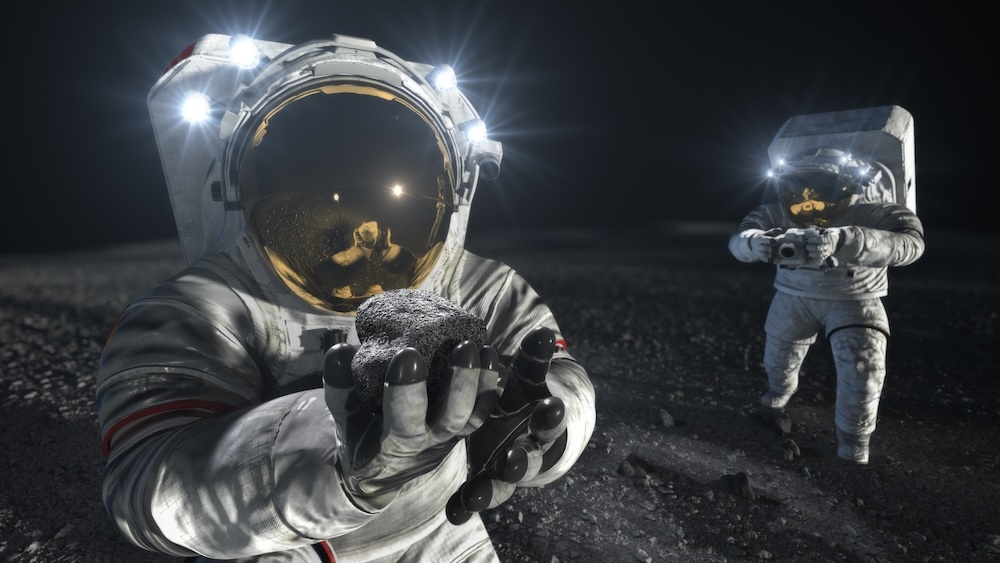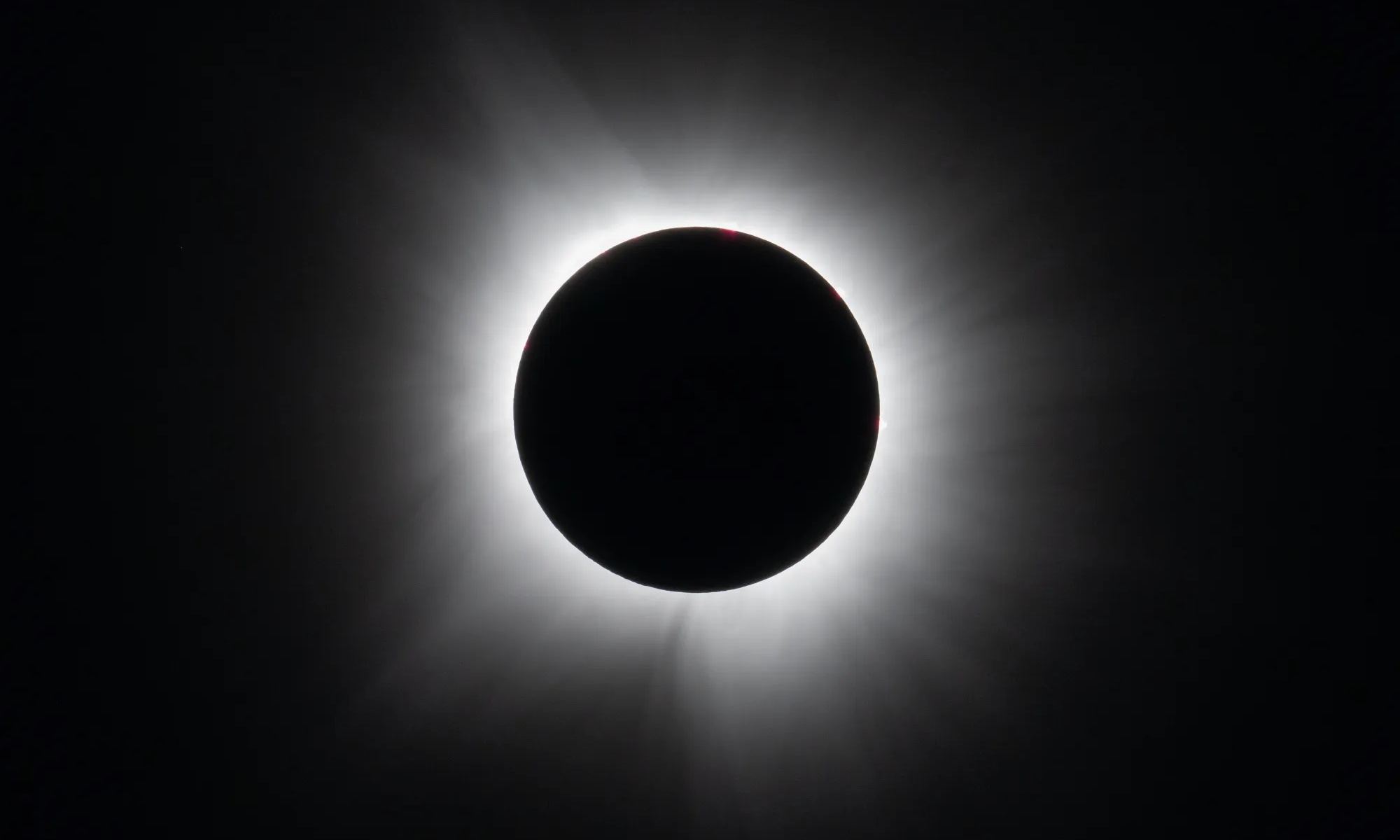One of the big mysteries about dark matter particles is whether they interact with each other. We still don’t know the exact nature of what dark matter is. Some models argue that dark matter only interacts gravitationally, but many more posit that dark matter particles can collide with each other, clump together, and even decay into particles we can see. If that’s the case, then objects with particularly strong gravitational fields such as black holes, neutron stars, and white dwarfs might capture and concentrate dark matter. This could in turn affect how these objects appear. As a case in point, a recent study looks at the interplay between dark matter and neutron stars.
Continue reading “Neutron Stars Could be Heating Up From Dark Matter Annihilation”The Brightest Gamma Ray Burst Ever Seen Came from a Collapsing Star
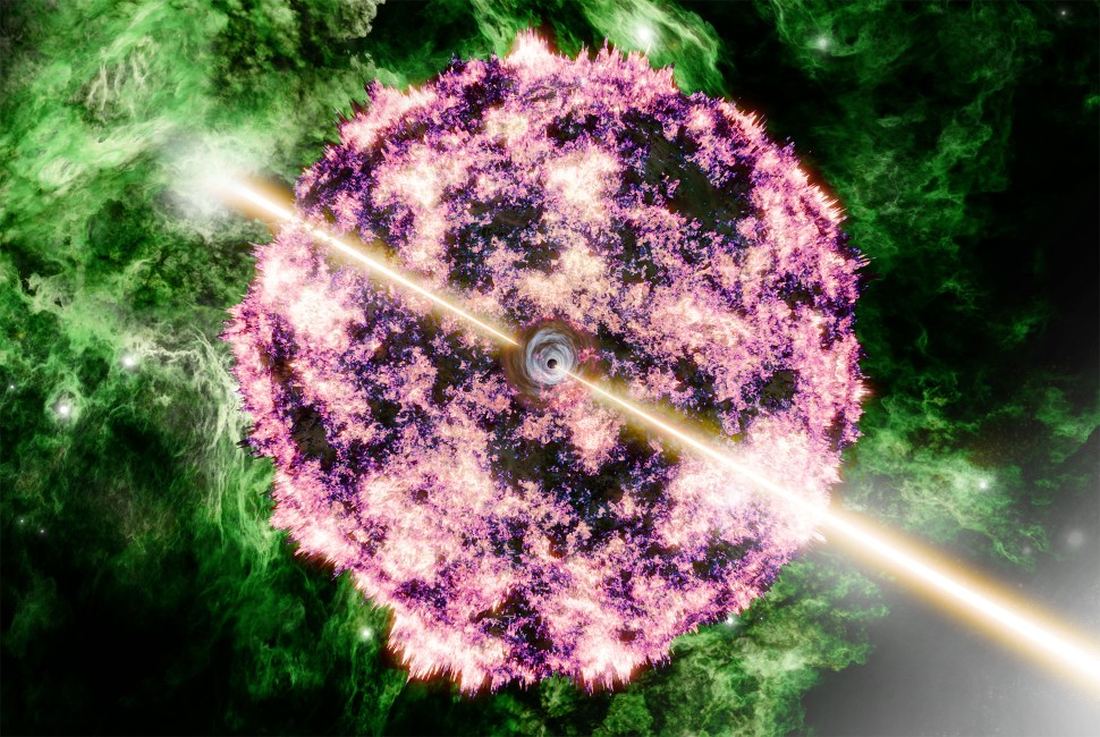
After a journey lasting about two billion years, photons from an extremely energetic gamma-ray burst (GRB) struck the sensors on the Neil Gehrels Swift Observatory and the Fermi Gamma-Ray Space Telescope on October 9th, 2022. The GRB lasted seven minutes but was visible for much longer. Even amateur astronomers spotted the powerful burst in visible frequencies.
It was so powerful that it affected Earth’s atmosphere, a remarkable feat for something more than two billion light-years away. It’s the brightest GRB ever observed, and since then, astrophysicists have searched for its source.
Continue reading “The Brightest Gamma Ray Burst Ever Seen Came from a Collapsing Star”Formation-Flying Spacecraft Could Probe the Solar System for New Physics
It’s an exciting time for the fields of astronomy, astrophysics, and cosmology. Thanks to cutting-edge observatories, instruments, and new techniques, scientists are getting closer to experimentally verifying theories that remain largely untested. These theories address some of the most pressing questions scientists have about the Universe and the physical laws governing it – like the nature of gravity, Dark Matter, and Dark Energy. For decades, scientists have postulated that either there is additional physics at work or that our predominant cosmological model needs to be revised.
While the investigation into the existence and nature of Dark Matter and Dark Energy is ongoing, there are also attempts to resolve these mysteries with the possible existence of new physics. In a recent paper, a team of NASA researchers proposed how spacecraft could search for evidence of additional physical within our Solar Systems. This search, they argue, would be assisted by the spacecraft flying in a tetrahedral formation and using interferometers. Such a mission could help resolve a cosmological mystery that has eluded scientists for over half a century.
Continue reading “Formation-Flying Spacecraft Could Probe the Solar System for New Physics”Watch a Satellite Reaction Wheel Melt in a Simulated Orbital Re-Entry
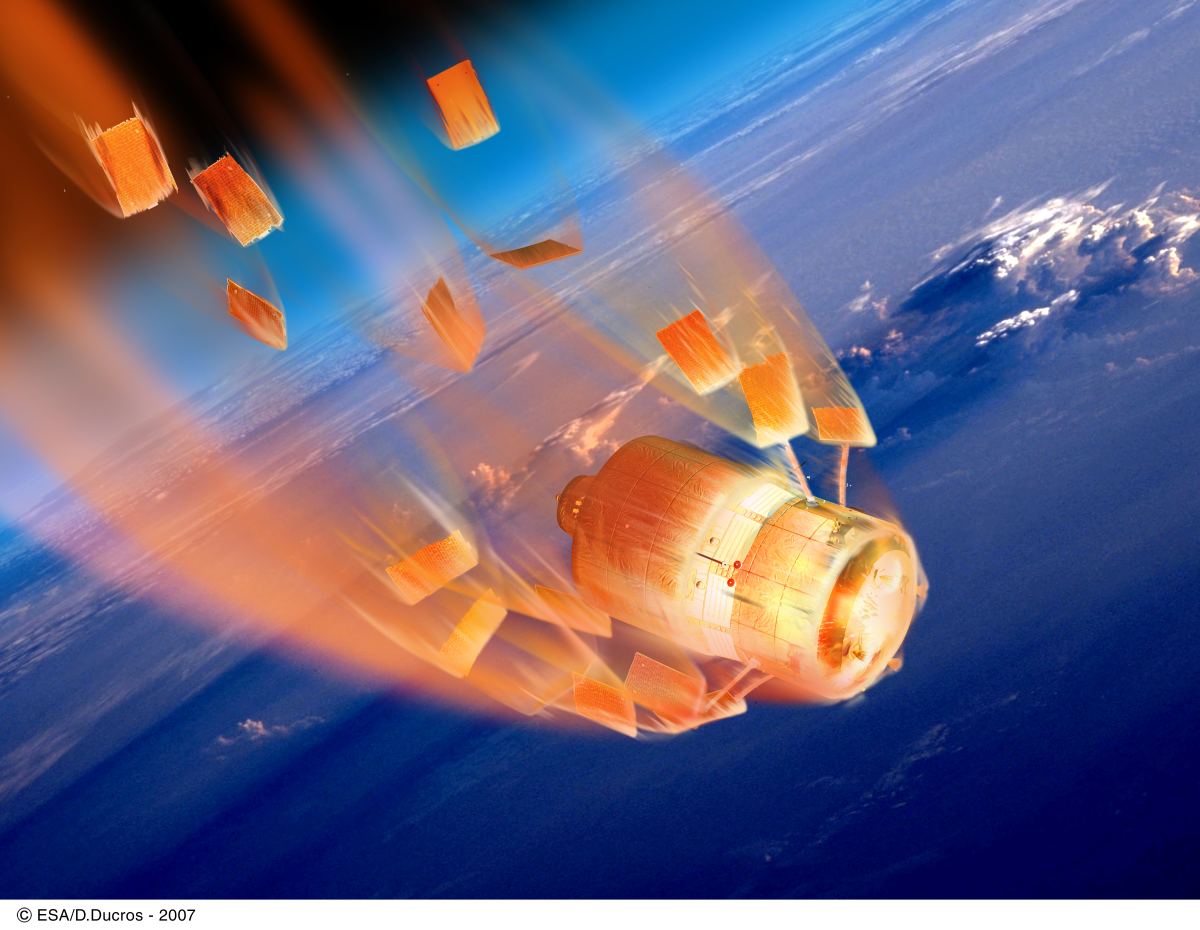
Most satellites share the same fate at the end of their lives. Their orbits decay, and eventually, they plunge through the atmosphere toward Earth. Most satellites are destroyed during their rapid descent, but not always
Heavy pieces of the satellite, like reaction wheels, can survive and strike the Earth. Engineers are trying to change that.
Continue reading “Watch a Satellite Reaction Wheel Melt in a Simulated Orbital Re-Entry”NASA is Building an Electrodynamic Shield to Deal with all that Dust on the Moon and Mars
Exploration of the Moon or other dusty environments comes with challenges. The lunar surface is covered in material known as regolith and its a jaggy, glassy material. It can cause wear and tear on equipment and can pose a health risk to astronauts too. Astronauts travelling to Mars would experience dust saucing to everything, including solar panels leading to decrease in power. To combat the problems created by dust, NASA is working on an innovative electrodynamic dust shield to remove dust and protect surfaces from solar panels to space suits.
Continue reading “NASA is Building an Electrodynamic Shield to Deal with all that Dust on the Moon and Mars”Did An Ancient Icy Impactor Create the Martian Moons?

The Martian moons Phobos and Deimos are oddballs. While other Solar System moons are round, Mars’ moons are misshapen and lumpy like potatoes. They’re more like asteroids or other small bodies than moons.
Because of their odd shapes and unusual compositions, scientists are still puzzling over their origins.
Continue reading “Did An Ancient Icy Impactor Create the Martian Moons?”NASA’s Next Solar Sail is About to Go to Space
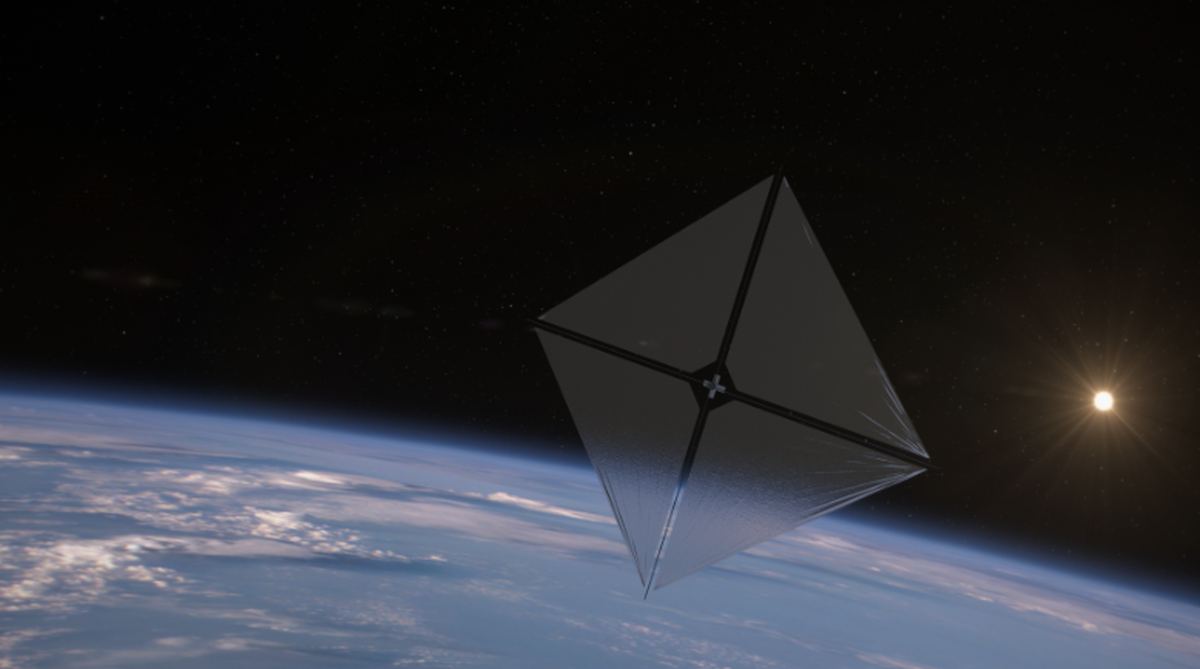
Everyone knows that solar energy is free and almost limitless here on Earth. The same is true for spacecraft operating in the inner Solar System. But in space, the Sun can do more than provide electrical energy; it also emits an unending stream of solar wind.
Solar sails can harness that wind and provide propulsion for spacecraft. NASA is about to test a new solar sail design that can make solar sails even more effective.
Continue reading “NASA’s Next Solar Sail is About to Go to Space”Wireless Power Transmission Could Enable Exploration of the Far Side of the Moon
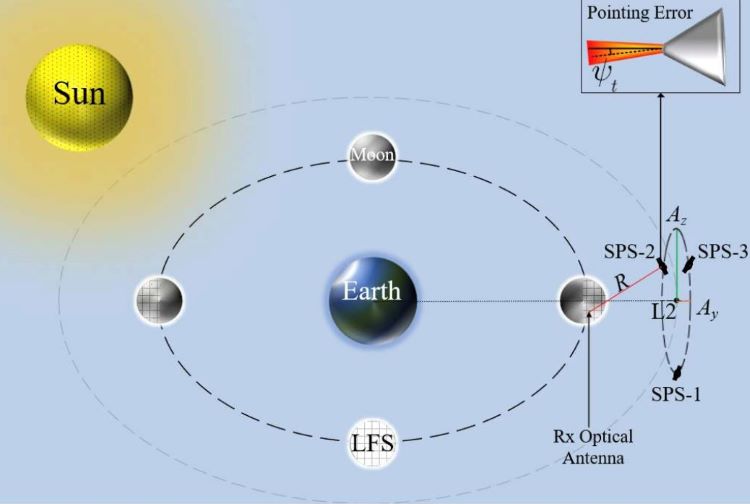
How can future lunar exploration communicate from the far side of the Moon despite never being inline with the Earth? This is what a recent study submitted to IEEE Transactions on Aerospace and Electronic Systems hopes to address as a pair of researchers from the Polytechnique Montréal investigated the potential for a wireless power transmission method (WPT) comprised of anywhere from one to three satellites located at Earth-Moon Lagrange Point 2 (EMLP-2) and a solar-powered receiver on the far side of the Moon. This study holds the potential to help scientists and future lunar astronauts maintain constant communication between the Earth and Moon since the lunar far side of the Moon is always facing away from Earth from the Moon’s rotation being almost entirely synced with its orbit around the Earth.
Continue reading “Wireless Power Transmission Could Enable Exploration of the Far Side of the Moon”Here are the Next Three Total Solar Eclipses Coming Up
Millions of people took a trip over to the US or Mexico to try and catch a glimpse of the 2024 total solar eclipse. Whether you took the trip or not, if you have since been bitten by the eclipse bug then there are three upcoming eclipses over the next couple of years. August 2026 sees an eclipse passing from Greenland, Iceland and Spain, 2027 sees an eclipse over North Africa and in 2028 Australia all be the place to be. With loads of possibilities for all locations, it’s time to get planning.
Continue reading “Here are the Next Three Total Solar Eclipses Coming Up”Could Life Exist in Water Droplet Worlds in Venus’ Atmosphere?
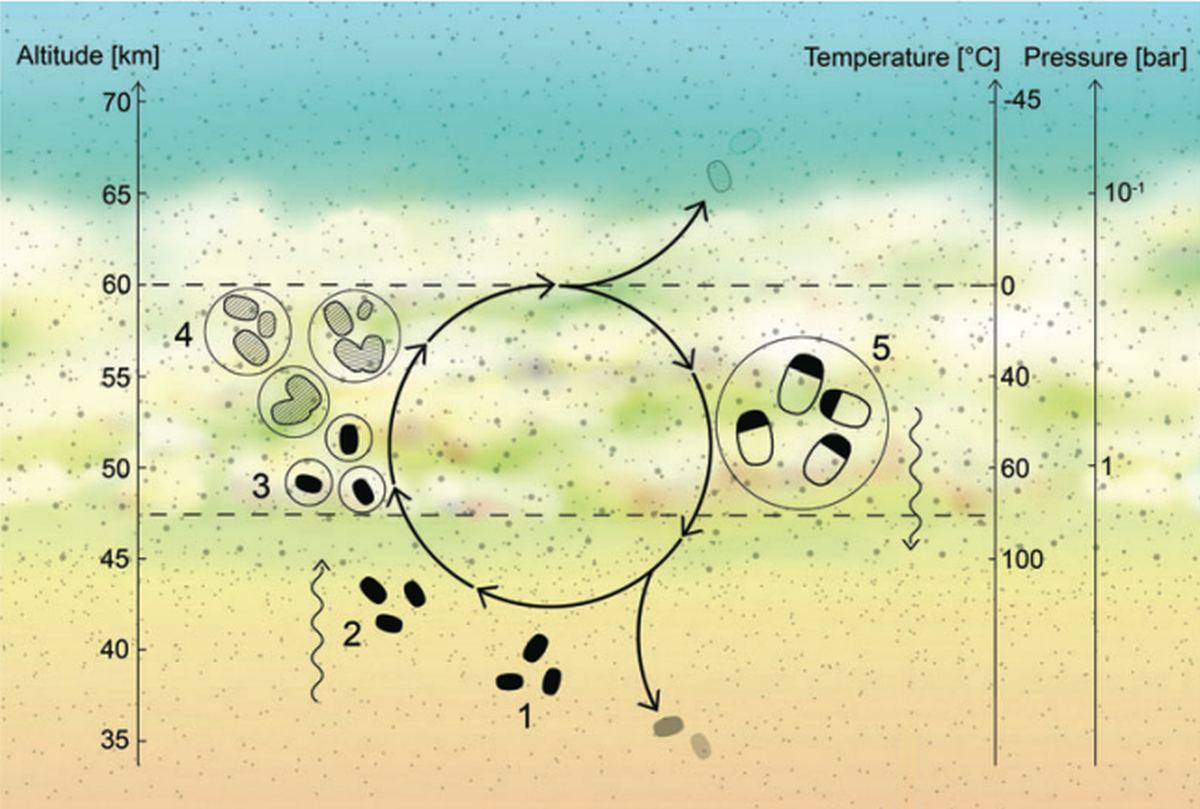
It’s a measure of human ingenuity and curiosity that scientists debate the possibility of life on Venus. They established long ago that Venus’ surface is absolutely hostile to life. But didn’t scientists find a biomarker in the planet’s clouds? Could life exist there, never touching the planet’s sweltering surface?
It seems to depend on who you ask.
Continue reading “Could Life Exist in Water Droplet Worlds in Venus’ Atmosphere?”
